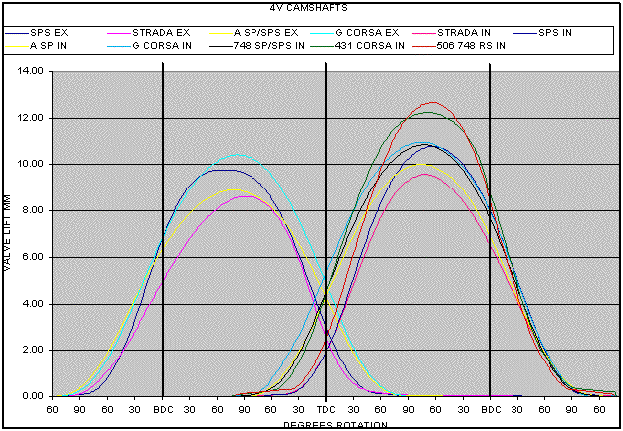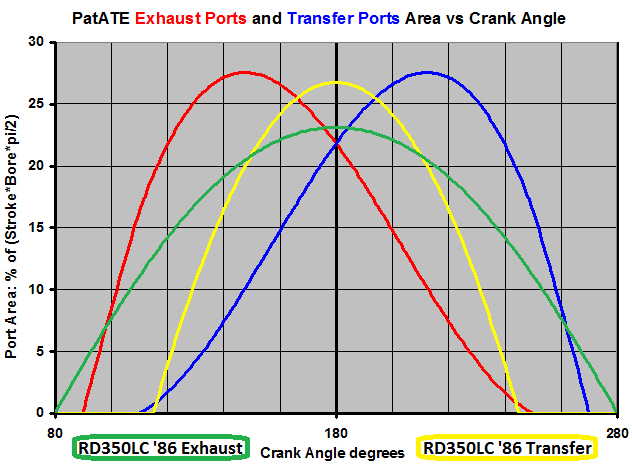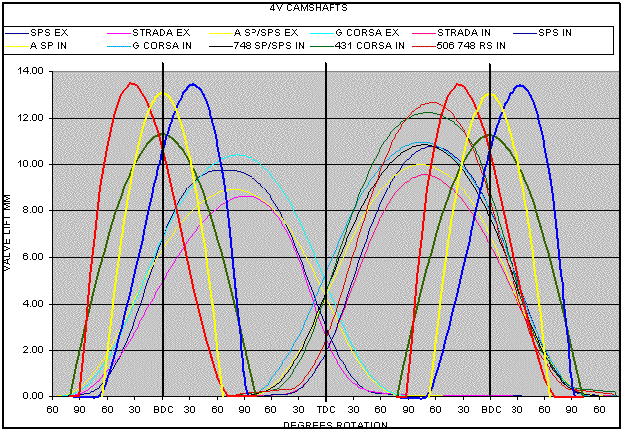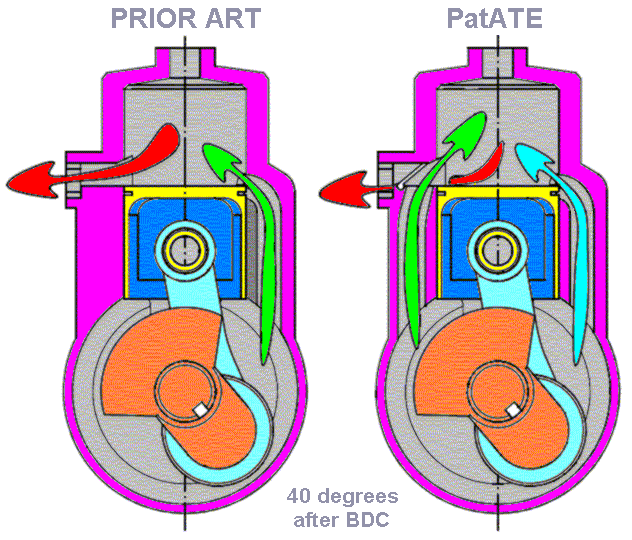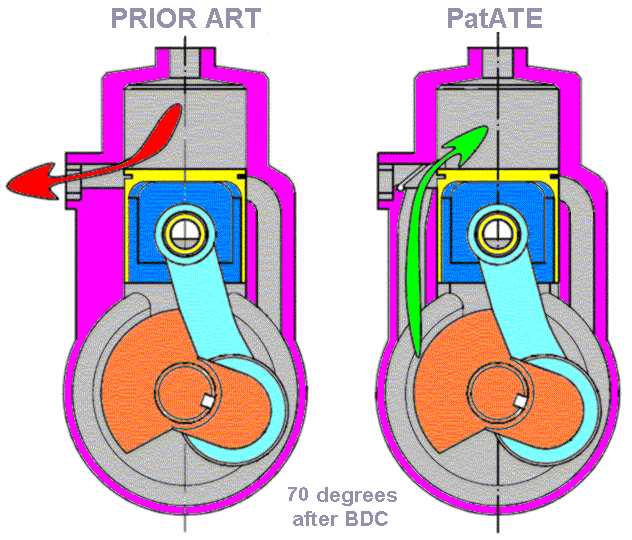According your plot, the RD350F2 ’86 makes, at its best point (9,000rpm) 47mN of torque from 350cc. This means a specific torque of 134mN/lt, i.e. only 22% above the specific torque provided by the 4-stroke Ducati Panigale.
This is too low.
In a first approach you can say that if the air / mixture trapped in the cylinder of the Ducati Panigale is X% of its cylinder capacity, in the Yamaha RD350F ’86 this percentage drops at only 0.6*X% .
In a second approach, you can say that if the Yamaha RD350F ’86 had the same "trapping efficiency" with the Panigale, then its peak torque would be 77mN (i.e. more than 60% higher than what it is now).
It seems the over-boosting by the exhaust is less efficient than the over-boosting by the intake (used in the Ducati Panigale).
The PatATE is not based on the exhaust to boost its cylinder, but on the intake as the 4-stroke Ducati Panigale.
And because the blow-down happens way faster in the PatATE than in the conventional 2-strokes, the PatATE appears even more promising at higher revs.
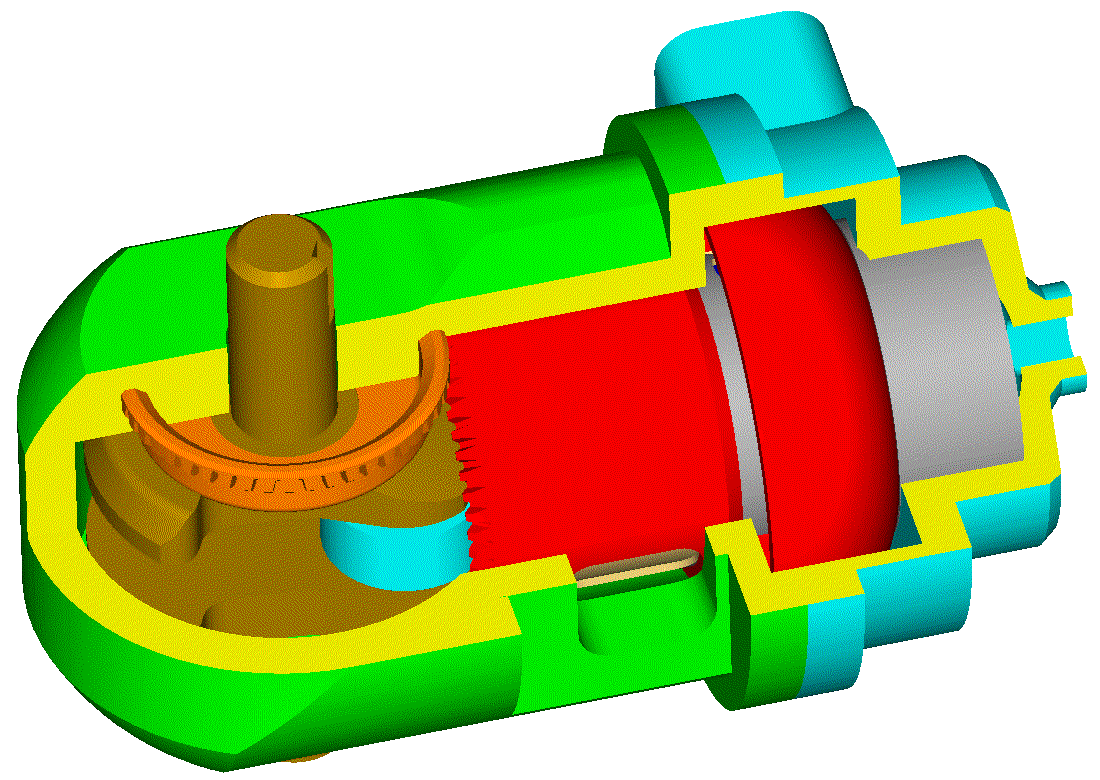
The conventional 2-stroke was good but can’t win the 4-strokes without major changes of its architecture.
The PatATE suggests a substantially different architecture for the 2-strokes which may cure the big problems (like emissions, lubrication, scuffing resistance etc) of the conventional 2-strokes.
Thanks
Manolis Pattakos

